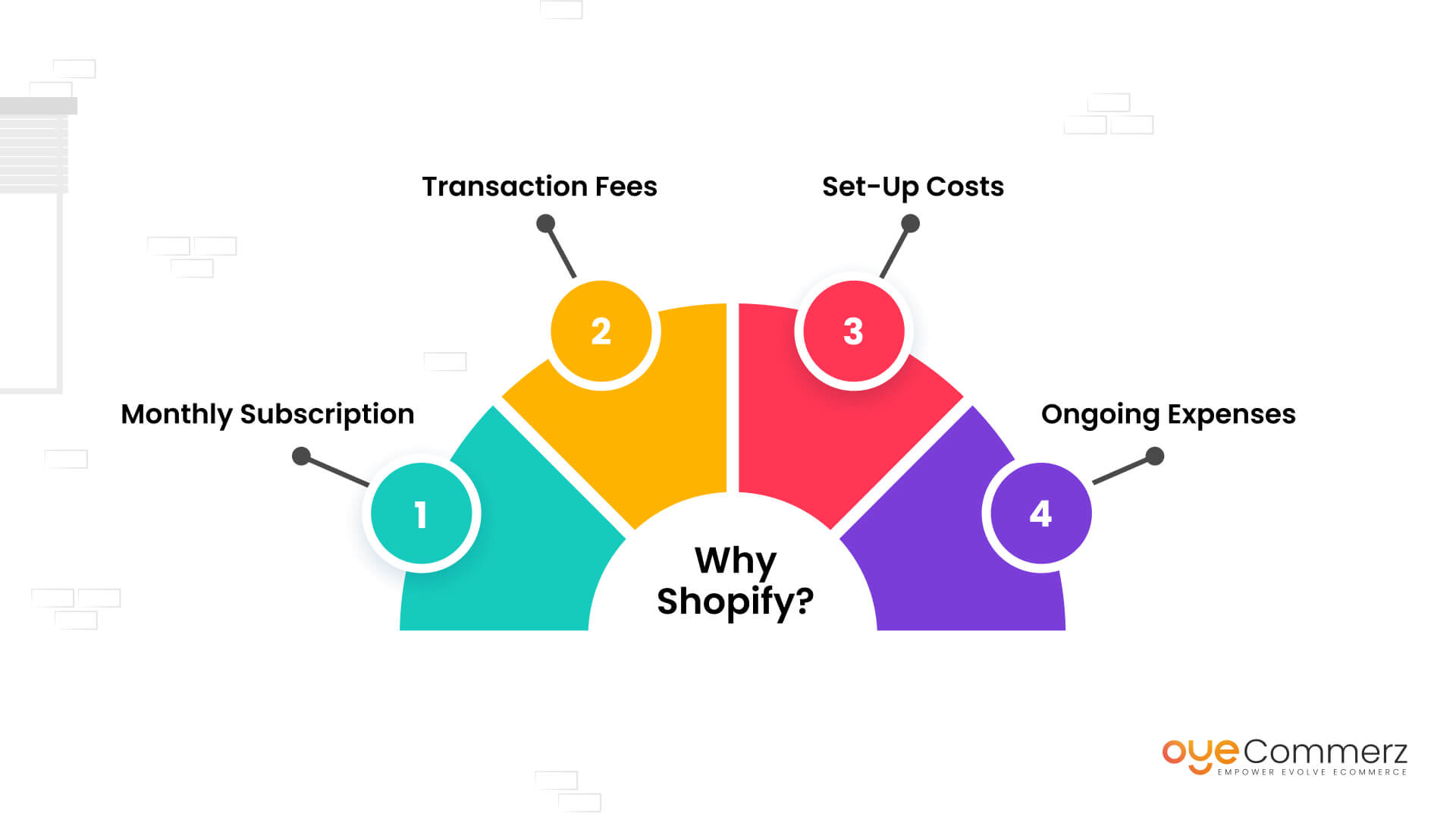Shifting from WordPress to Shopify marks an promising step in streamlining your e-commerce operations. As businesses expand, choosing a solution that aligns with growth potential, UX, and flexibility is essential. Shopify is widely recognized as a preferred choice for online merchants, offering superior adaptability, data protection, and user-friendliness. In this guide, we will delve into why this migration is a game-changer, discuss the benefits, and share practical tips to ensure a seamless move.
1. Top Reasons to Transition from WP to Shopify
WordPress, paired with WooCommerce, has served countless online stores. However, as businesses expand, issues like plugin dependency, security vulnerabilities, and technical complexities can hinder progress. Shopify, designed explicitly for digital retail, addresses these concerns with an comprehensive, intuitive platform. Real data supports this transition—Shopify powers over 4.4 million websites worldwide, with a reported 10% increase in sales performance for numerous merchants after migration.
2. Shopify's Advantages for Thriving Online Stores
Shopify’s powerful platform caters for expanding brands. Its notable benefits are:
- Effortless Design Flexibility: Shopify offers over 80 expertly crafted themes.
- Integrated Tools: Features like Shopify Payments and built-in SEO save time and effort.
- Global Reach: Multi-currency support and localization features empower businesses to reach global markets.
Additionally, Shopify delivers an availability percentage of 99.98%, guaranteeing your website is always operational.
3. Preparing for WP to Shopify Migration
Before migrating, assess your existing setup. Review inventory details, client information, and search engine rankings. Resources such as Shopify’s Migration Kit or third-party solutions can simplify this process. Create a detailed strategy, making sure all assets—product descriptions, media files, and articles—are optimized for transfer.
4. Data Migration: A Critical Step
Transferring your data is a cornerstone of a smooth platform switch. When moving from WordPress to Shopify, focus on:
- Product Information: SKU, descriptions, and groupings.
- Customer Data: Emails, order history, and preferences.
- SEO Optimization: Retain meta tags, URLs, and forwarding paths to avoid SEO losses.
Leverage apps like LitExtension to facilitate seamless migration while reducing mistakes.
5. Tailoring Your Shopify Store to Fit Your Brand
Post-migration, customizing your Shopify store ensures it reflects your business identity. Take advantage of Shopify’s intuitive page builder to design pages effortlessly. Shopify's themes are mobile-responsive, ensuring a smooth user experience across devices—a critical factor, given 74% of e-commerce traffic comes from mobile users.
6. Maintaining SEO During Migration
SEO is vital for preserving your online presence during migration. Shopify excels in SEO with organized link formatting, preloaded features, and seamless blog integration. Make sure you:
- Implement 301 redirects for existing links.
- Enhance updated content with keyword-rich content.
- Use Shopify's apps Plug in SEO to track analytics post-migration.
7. Essential Tests After Migrating to Shopify
After finishing the transfer, conduct thorough testing.
Review: - Page load times (Shopify delivers faster speeds in contrast with WordPress).
- Payment integration reliability and transaction flow.
- Mobile responsiveness.
Quality assurance ensures your store provides a smooth shopping journey from the start.
8. Real-Life Success Story
One such migration success story is Gymshark, a fitness apparel brand that transitioned to Shopify. Post-migration, the company saw a 60% boost in mobile sales and reduced site downtime. This showcases the capabilities of Shopify in driving online business success.
9. Challenges and Solutions
Migration Migration for WordPress websites comes with challenges, such as information accuracy and reconfiguring custom functionalities. However, Shopify’s extensive assistance and third-party experts simplify the process. Collaborating with experienced Shopify developers helps guarantee a trouble-free transition.
10. Making the Switch: The First Step Toward Success
Migrating from WP to Shopify marks a strategic decision to e-commerce. By focusing on growth, streamlining operations, and enhancing the customer experience, Shopify empowers businesses to succeed in challenging industries.
Conclusion
Switching from WP to Shopify is a strategic move that can greatly enhance your online business performance. With a robust migration plan, the right tools, and expert Expert Shopify developers support, you can achieve new success milestones.
Ready to make the leap? Let’s discuss how our Shopify migration services can revolutionize your e-commerce platform. Get in touch today, or consider: Is it time to seize Shopify’s advantages for your store?
